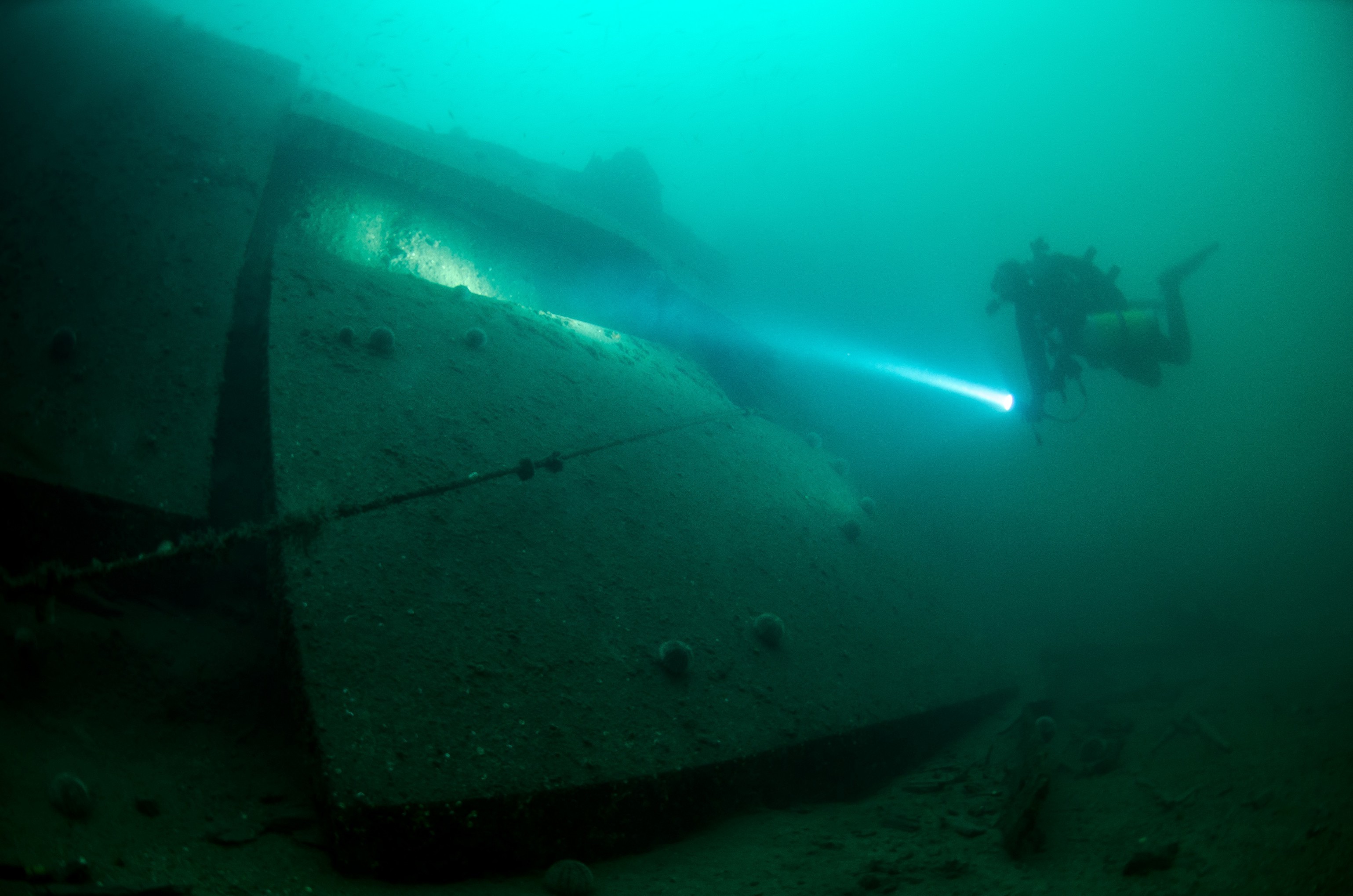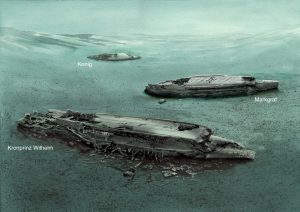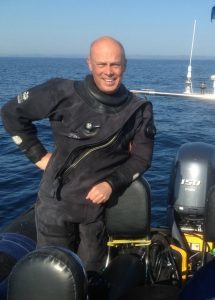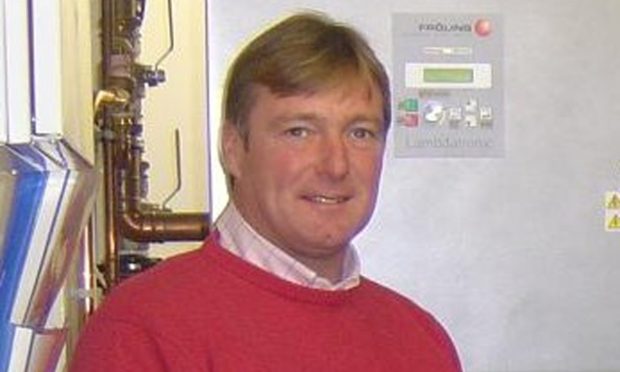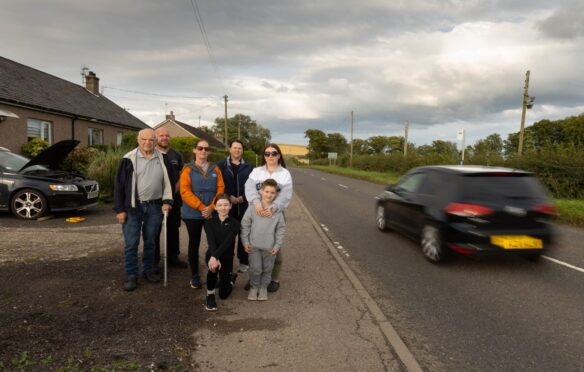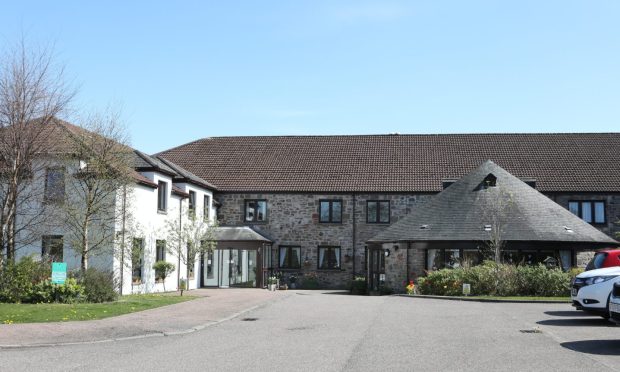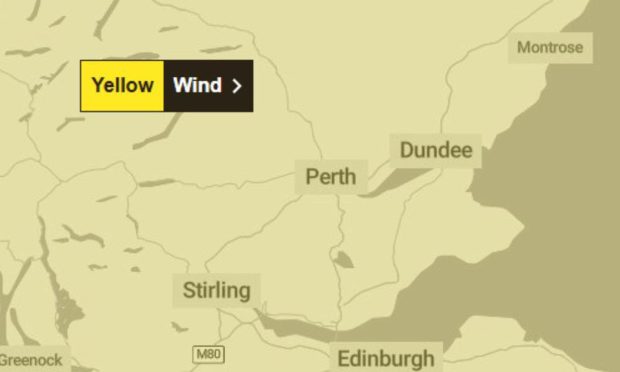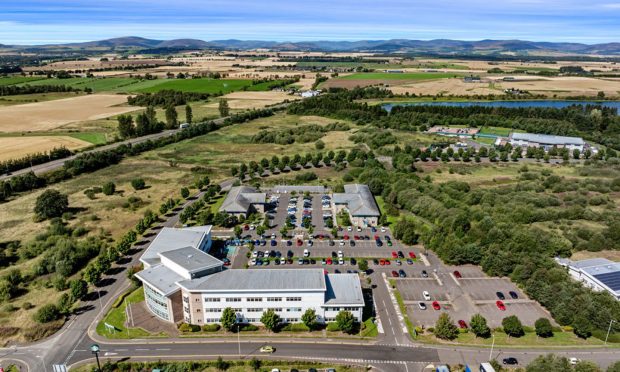A Mearns man who became an international expert in deep-sea diving has published the definitive guide to Scotland’s largest maritime graveyard.
A sheltered anchorage with easy access to the North Sea and Atlantic Ocean, Scapa Flow in the Orkney Islands was first used by the Royal Navy in the 1800s, until Continental wars rendered northern bases obsolete.
Brought back into use as a heavily guarded base in the First World War, the Grand Fleet sailed out against the German High Seas Fleet in the Battle of Jutland – the war’s largest naval engagement.
The base witnessed great tragedies – the sinking of HMS Hampshire with a loss of 737 men and the HMS Vanguard with 843 souls, and the Second World War torpedoing of HMS Royal Oak with 834 fatalities.
Rod Macdonald has dived the seven remaining German ships in the deep, dark waters and has published Dive Scapa Flow, a collection of in-depth studies of three battleships and four “kleinen kreuzer” which accompanied them.
He has charted the changes to mammoth Dreadnaught battleships with 12-inch main guns, and the rapid degeneration of the cruisers, which were among 74 scuttled in 1919.
Rod said: “The Konig, the Markgraft, and Kronprinz Wilhelm are 575 feet long, twice the length of Hampden Park and they rise from the sea at 45 metres deep to 15 or 20 metres from the surface.
“They are phenomenal things.”
Rod said the remaining ships were too difficult for salvagers to lift but they still stripped off as much external armour as possible.
But the dive remains on every enthusiast’s “bucket list”.
“In the 1980s when I started diving these were seen as a bit dark, a bit dangerous but now they are reasonably pleasant dives nowadays,” he said.
“Is there any other place in the world where you can see three World War 1 Dreadnought battleships?
“Where else can you go and see the last big guns that fired at the Battle of Jutland?”
Rod first published his study in 1990 and has rewritten and expanded the book for the centenary edition, including never-before-seen detail of the German wrecks and many others from Scapa Flow’s long history.
“There are very few places you can see this sort of stuff and it’s the collection of ships that makes Scapa Flow such a draw for divers,” he said.
Based in Stonehaven, Rod leads shipwreck expeditions around the world with Wreck X.
He was the RNLI volunteer lifeboat operations manager responsible for setting up and running the new Stonehaven lifeboat service in 2013.
HMS Vanguard
A 100th anniversary tribute to the Vanguard, which suffered a magazine explosion and left only two crew alive, was held on Sunday.
Built in Barrow-in-Furness, Cumbria, in 1909, Vanguard was the eighth ship to bear the name.
It was also one of a new generation of Dreadnoughts, which out-gunned all previous warships.
On 9 July 1917, the ship had been conducting exercises in Scapa Flow and had anchored for the evening.
But at 11.20pm a series of catastrophic explosions, most likely caused by an accidental magazine explosion, resulted in the ship sinking almost immediately.
The Vanguard now lies in 14 metres of water to the north of the island of Flotta.
The Royal Oak and Vanguard war graves are off limits to divers and the first images of the latter were only released this year after permission was granted to a Norwegian team.
Emily Turton, of MV Huskyan, said: “The main wreck is complicated with an extensive debris field.
“Surprisingly, given the nature of her loss, both the bow and stern are intact despite large pieces of wreckage having being thrown hundreds of metres away.
“It is accepted that the likely cause of the disaster was an accidental magazine explosion.
“Witness accounts on the night of her loss describe a large explosion immediately behind the bridge.
“We can reveal that our initial survey result supports this.”
